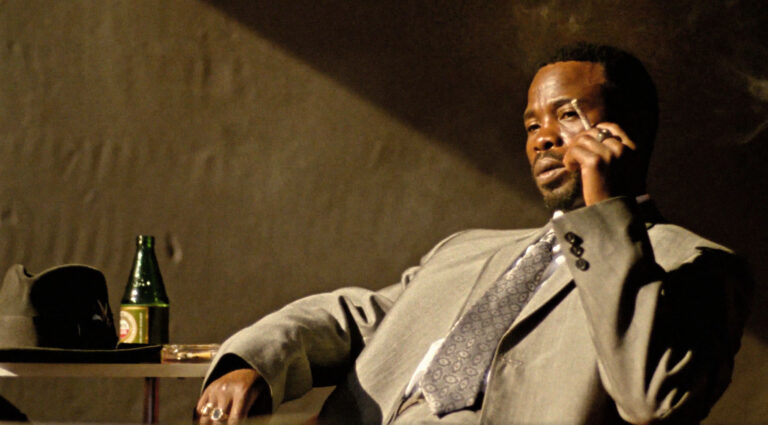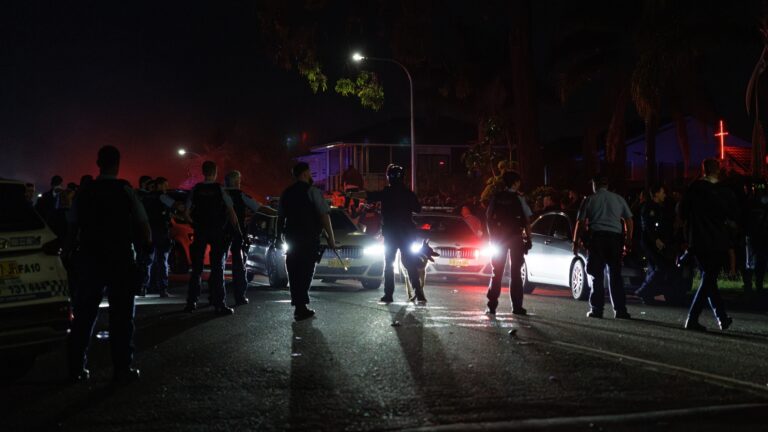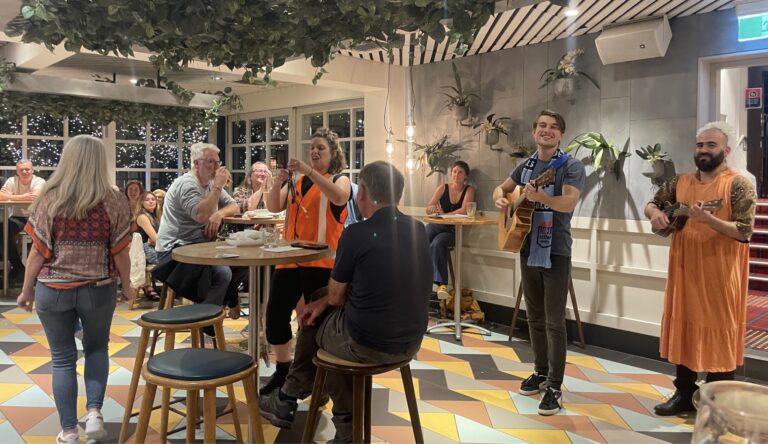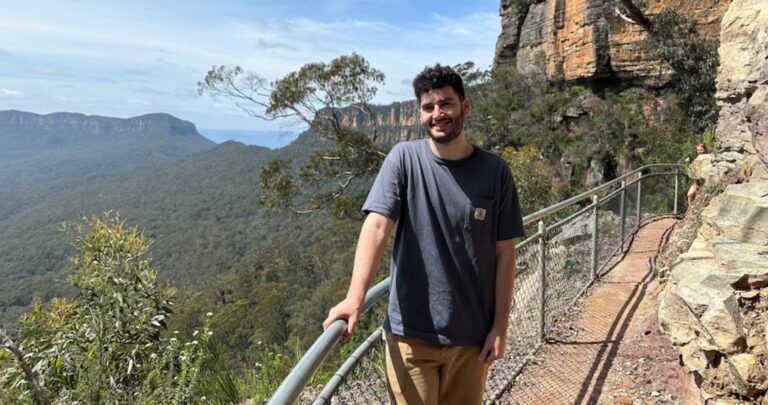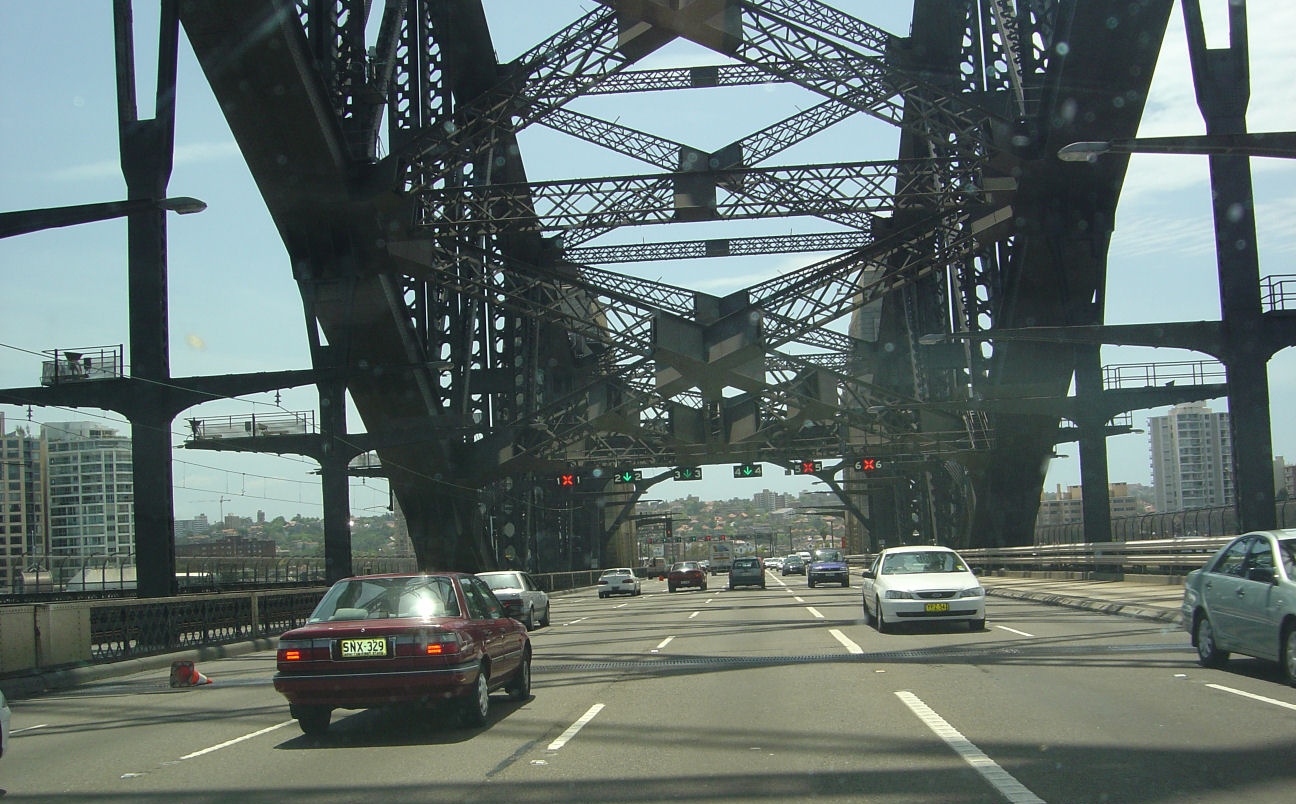
Transport Forum in Alexandria calls for urgent solutions to burdened system

By KENJI SATO
Local Alexandria residents have raised concerns that the state government is not doing enough to address the increasing burden on Sydney’s transport networks.
The queries were raised at a Transport and Traffic Forum held by the Alexandria Residents Action Group last Thursday, October 15.
Ben Aveling, the group’s co-convenor, said that the increased demand for public transport needed to be urgently addressed.
“All the government seems to be doing is shuffling capacity between different train lines and putting a few more buses on, but that’s only to cover a very marginal increase in demand and it comes at the expense of other areas that are also struggling,” he said.
The recent closure of George Street to buses for the construction of the light rail was one issue discussed at the meeting.
Buses that previously went down George Street have been rerouted, and Mr Aveling said that the new timetable did not meet the needs of Sydneysiders travelling to and from the inner city.
“People can no longer get buses to where they need to go – they have to take a bus part way and transfer onto a train, and anyone that has mobility issues cannot change easily,” he said.
“Redfern is very close to capacity at the moment if you’re heading to the city.”
Mr Aveling said that local residents wanted a more comprehensive train network that covered more of the outer suburbs.
“We should have more heavy rail lines going out to Erskineville, St Peters and probably beyond. It would be a huge increase in capacity for a lot less cost than some of the other proposals going on at the moment, like light rail and WestConnex.”
Mathew Hounsel, co-founder of transport advocacy group EcoTransit Sydney, agreed that heavy rail throughout Sydney is at over-capacity.
Mr Hounsel, who spoke at the forum, told City Hub that not enough was being done to ease the growing pressure on Sydney’s public transport infrastructure.
“EcoTransit is concerned that the department of transport is prioritising political projects like WestConnex and the Rodd Staples Metro over providing adequate public transport for an area with 90,000 new residents incoming,” he said.
Mr Hounsel said that over the last decade, the population of Sydney grew by 13 per cent, the use of cars went up by 6 per cent, the use of buses increased by 16 per cent, and the use of trains was up 23 per cent.
Mr Hounsel said that the CBD and South East Light Rail was a “good start” to meeting the increased transport demand, and that it should be rolled out more widely.
“Light rail has proven to always attract more customers than people expect and provide more benefits than they anticipate. It will be the beginning of a light rail network on Sydney streets,” he said.
“However, the light rail project has been loaded with costs for other works, such as fixing the utilities, widening roads and building a carpark at Randwick, so the cost estimates are misleading. The real costs of light rail are actually much lower than the total cost [of the current project],” Mr Hounsel said.
“The most important thing for south Sydney is restoring the light rail onto Flinders Street and Oxford Street, meaning the city can sensibly run 30-40 metres trams into the growth centres of Queens Square and Waterloo. At the moment Devonshire Street is not capable of supporting the coming light rail demand.”
Anthony Mifsud, the Transport Policy Manager at City of Sydney Council, told the forum that the increased pressure on public transport was due to the growing number of jobs, especially in the CBD and Northern Sydney, where employment had been increasing at a rate of 2 per cent per year.
Mr Mifsud said that inner city jobs were becoming increasingly white collar, meaning that more people were travelling into the city during morning peak-hour and out of the city during afternoon peak-hour.
Mr Mifsud said that this was a growing problem for areas of urban renewal, like Green Square, which was “in the midst of a residential boom”.
“To get on a train, you need people to get off. We need to maintain the jobs in that area or else all the traffic goes one way,” he said.
Mr Mifsud said that the City of Sydney was trying to encourage the state government to take stronger action to support the struggling transport networks.
